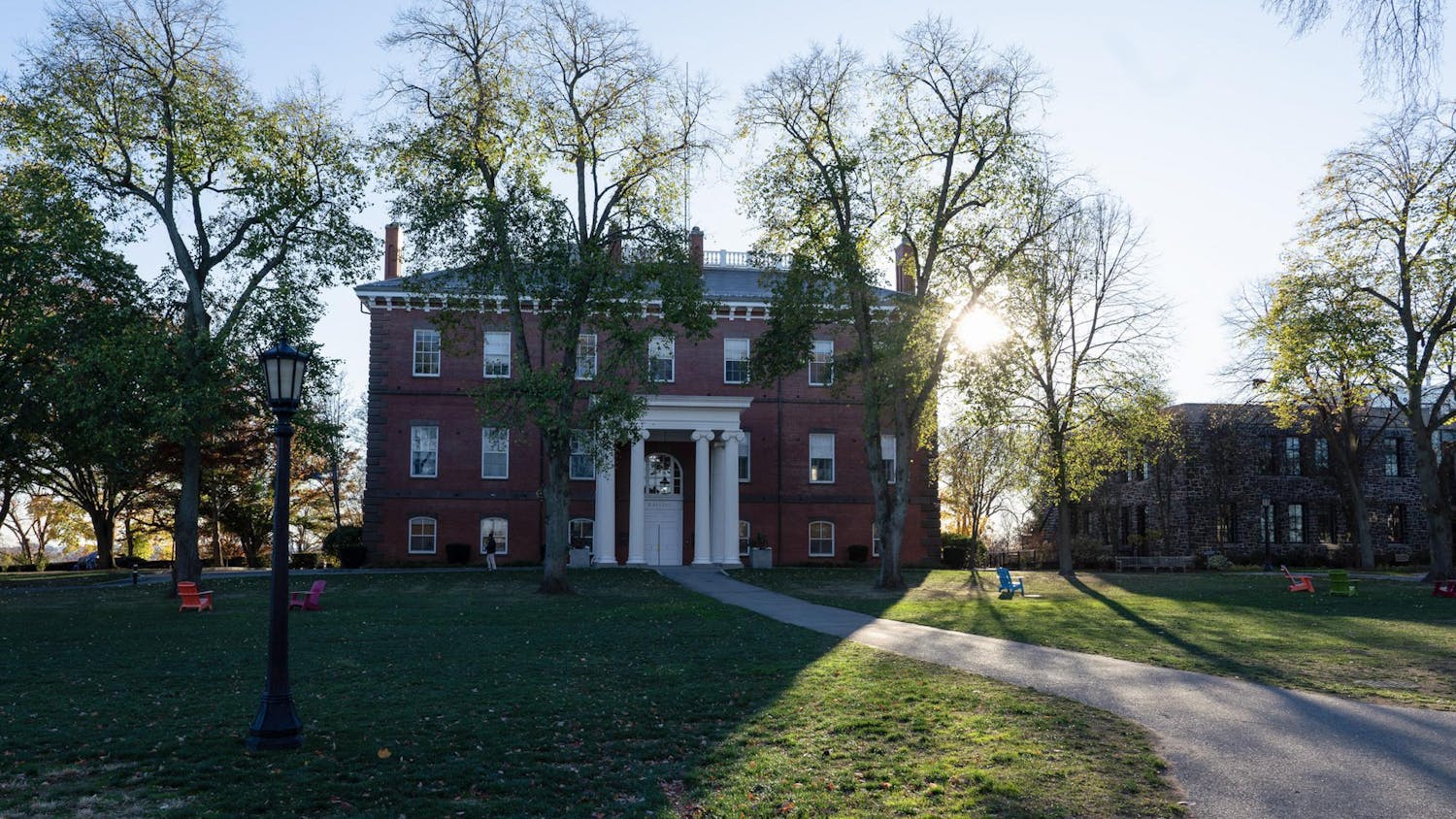Twelve percent of the Tufts University School of Medicine's graduating class this year (22 students) placed into family medicine residency programs, the largest number of matches the school has ever seen in family medicine.
According to Wayne Altman, director of medical student education in the Tufts University School of Medicine Department of Family Medicine, the subject is broad and variable. The overriding philosophy of family medicine is a philosophical approach to patient care, following patients from newborns to the elderly.
The majority of family medicine physicians see patients in an office and in the hospital, according to Altman.
Altman noted that family medicine physicians have the opportunity to specialize in an area of interest, such as women's health or childhood obesity.
Physicians can earn a fellowship after the three-year family medicine residency, specializing in geriatrics, sports medicine, adolescent medicine and maternal child health, Altman added. It is a patient-centered field rather than a disease-centered one, and uses a bio-psycho-social approach in viewing the patient as a human rather than as a disease, he said.
According to Jaharis Chair of Family Medicine at Tufts University School of Medicine and Chief Department of Family Medicine at Cambridge Health Alliance Randy Wertheimer, an increase in awareness both globally and locally has spurred the growing interest in family medicine.
She attributed the record-high number of matches to an increase in student interest in family medicine, which is closely tied to healthcare reform. According to Wertheimer, Tufts students are aware and well-informed of the current healthcare reform process, making family care appealing.
Wertheimer added that Tufts has pioneered a new model that upholds the importance of the patient. Tufts Medical students understand the importance of this change given the shortage of primary care physicians.
According to Dean of the Tufts University School of Medicine and Professor of Public Health and Community Medicine Harris Berman, 31 percent of the class was matched to residency programs in Massachusetts, 10 percent of students to Tufts Medical Center and another 7 percent to other Tufts-affiliated hospitals. Students are placed into residency programs through a system that matches each student with one residency, looking at how well the particular student qualifies for the given residency, according to Berman.
The Department of Family Medicine has begun using a support group, consisting of a collaborative effort among nurses, doctors and nutritionists, that looks at the patient in the context of family and community because it is often ineffective to counsel people individually, according to Wertheimer. By targeting people with the same disease and linguistic backgrounds, this group proves more efficient, Altman said.
"This support group emphasizes the importance of prophylactic community health care as the most productive way to effect healthcare," Wertheimer said.
According to Altman, this new, patient-centered approach focuses on prevention rather than treating sick patients.
A strong base in primary care and family medicine prevents more illness in the general population, he added. Most of the world has 50 to 75 percent primary care physicians and 25 to 50 percent secondary, but the United States has 30 percent primary care physicians and 70 percent specialty physicians, he said.
The future of successful healthcare depends on how well those in the medical field are able to collaborate in referrals, Altman said.
"Your job as family doctor is to coordinate care, not to be disjointed," he said. "It's like an orchestra, where all the musicians have different sheets of music. They could be the best musicians in the world, but it will not sound good unless they are in sync."





